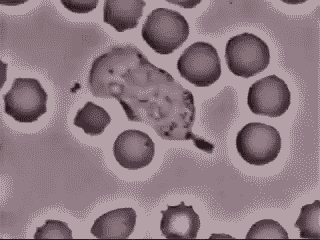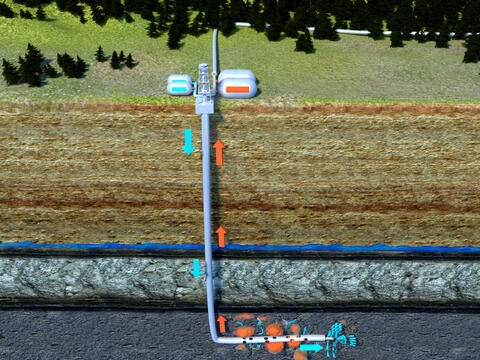2023-08-09 カリフォルニア工科大学(Caltech)

Credit: Creative Commons
◆カルテック大学の研究チームが、これらの運動を説明する単一のアルゴリズムを発見したと発表。最も効率的な動きを選ぶ自然システムの原理により、これらの動きが説明され、実際の生物の運動とも一致することが確認された。
◆形状変化による運動は、単純で美しい原則であり、実際の生物の動きの多くを説明する可能性がある。
<関連情報>
- https://www.caltech.edu/about/news/what-do-a-jellyfish-a-cat-a-snake-and-an-astronaut-have-in-common-math
- https://dl.acm.org/doi/10.1145/3592417
形の変化による運動 Motion from Shape Change
Oliver Gross,Yousuf Soliman,Marcel Padilla,Felix Knöppel,Ulrich Pinkall,Peter Schröder
ACM Transactions on Graphics Published:26 July 2023
DOI:https://doi.org/10.1145/3592417
Abstract
We consider motion effected by shape change. Such motions are ubiquitous in nature and the human made environment, ranging from single cells to platform divers and jellyfish. The shapes may be immersed in various media ranging from the very viscous to air and nearly inviscid fluids. In the absence of external forces these settings are characterized by constant momentum. We exploit this in an algorithm which takes a sequence of changing shapes, say, as modeled by an animator, as input and produces corresponding motion in world coordinates. Our method is based on the geometry of shape change and an appropriate variational principle. The corresponding Euler-Lagrange equations are first order ODEs in the unknown rotations and translations and the resulting time stepping algorithm applies to all these settings without modification as we demonstrate with a broad set of examples.



